|
#06 Newsletter
|
December 18, 2021
|
|
|
Hello and welcome to the stone newsletter, where we discuss every 2 months the most recent and relevant studies in stone disease.
Suscribe now
|
|
|
|
|
|
Themes introduction
Welcome to this last edition of the 2021 Stone News cycle. In this issue we will be focusing on contributing factors for stone formation (especially uric acid stones) and most important recurrence prevention with the use of new technologies. Also, as stone disease if often related to reduced renal function, we will see how PCNL and SWL can affect those patients with renal insufficiency which is a common question among urologists.
I hope that this edition of Stone News will provide you with more tools to help patients with stone recurrence and choosing the proper treatment approaches in patients with urolithiasis.
|
|
|
 |
The impact of metabolic syndrome components on urinary parameters and risk of stone formation. |
 3' 3' |
https://pubmed.ncbi.nlm.nih.gov/34264364/

|
|
Metabolic syndrome (MS) is highly prevalent, reaching up to one quarter of the world's population. MS is defined as the presence of three or more of the five following coexisting conditions: obesity, hyperlipidemia (HLD), hypertriglyceridemia (HTG), diabetes mellitus (DM), hypertension of which insulin resistance (and DM) has been related to decreased urinary pH thus stone formation. In such patients a 24h urine study must be performed in order to evaluate further metabolic alterations that are related to stones recurrence.
In this study the authors compared the association of MS coexisting conditions with the 24h urine sample. In the study 495 patients were included and evaluated regarding their MS severity scores (ranging from 0: less severe, to 5: most severe). The interesting findings of this study reflects that not only DM and insulin resistance but also HTG, hypertension and obesity were independently associated with changes in urinary parameters, especially low urinary pH. Usually in this patients, a mixed Calcium Oxalate Monohydrated stone and a uric acid stone is seen, this was reflected in the study showing how Calcium Oxalate Monohydrated stones were present in 79% in patients with low grade MS while increasing MS severity increased uric acid stones due to decreased urinary pH and an upward trend of urinary uric acid supersaturation.
Finally, we need to be aware that urinary stones are another symptom of a large problem. We need to be aware of the MS patient’s pH changes and evaluate them with 24h urine samples and stone analysis to provide them the best of cares. Also to encourage the patient to be treated of each one of the MS components to decrease stone formation.
|
|
|
|

|
|




|
Aviso Legal | Política de privacidada
Este mail ha sido enviado a {{ contact.email }} por Devicare Lit Control.
Si quiere darse de baja de las comunicaciones de la Stone News puede enviarnos un correo electrónico a
dop@devicare.com o pinchar aquí.
Av. Can Domènech s/n | Eureka Building UAB Research Park | 08193 Cerdanyola del Vallès,
Barcelona | España
Copyright (c) 2021 Devicare Lit-Control.
|

|
|
|
|